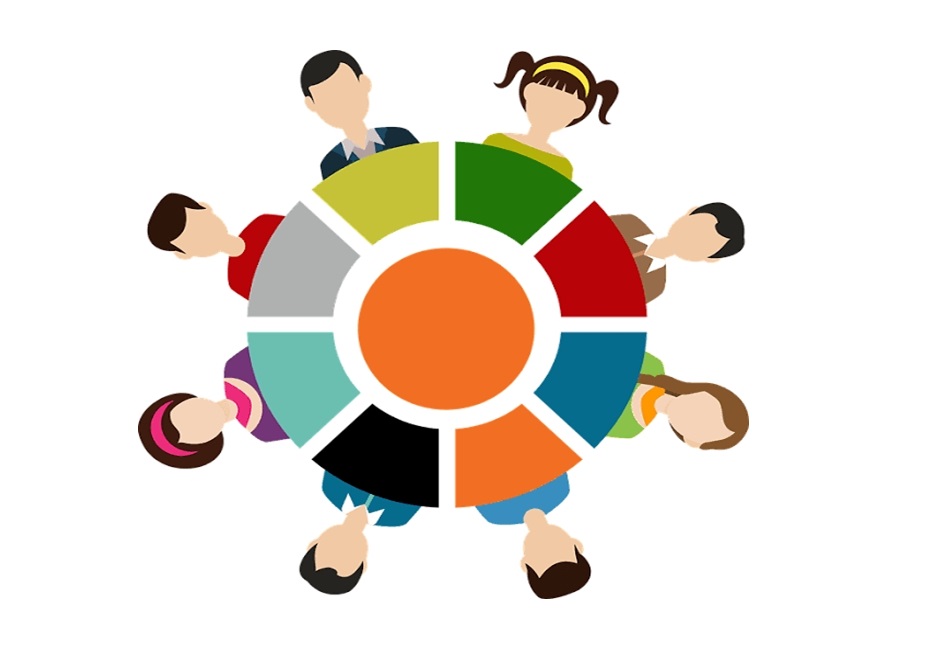7 Use Cases of Behavioral Segmentation In Marketing

Market segmentation is an essential part of a strong marketing strategy. The prospective buyers are aggregated based on their everyday needs into groups/segments based on specific parameters. These parameters classify market segmentation into four types: Demographic, Psychographic, Geographic, and Behavioral. Market segmentation can efficiently increase the engagement rates of emails, blog posts, and sales pages. It enables organizations to identify and target valuable segments that can optimize their business efficiency.
Behavioral segmentation is a form of market segmentation that involves sorting and grouping customers based on their behavior. The customer’s external behavior is studied while making purchasing decisions or when using services. To execute this segmentation strategy, you need to analyze the customers’ paths and align your business to their needs, trends, and requirements. The gathered data is then analyzed with the right tools, and target groups are defined.
Behavioral segmentation is an all-encompassing group, and it integrates the other market segmentation categories into the process of data collection. The data that is gathered contains information about customers’ demographics and psychographics. To segment customers based on their behavior, you need to identify the metrics for classification. Generally, it involves monitoring their readiness to purchase, loyalty level, the interactive frequency with your brand, and the benefits they seek. To determine the best behavioral segmentation in marketing strategy, you need to define your objectives and conclusions from segmented data. Accordingly, you can gather the required data about your target customers to improve your marketing capability.
Here are seven use-cases of behavioral segmentation in marketing.
Improve personalization
Marketers report a 760% increase in email revenue from personalized and segmented campaigns. As companies adopt a more customer-oriented approach, an analysis of customer behavior and interactions helps them align themselves with their customers in an improved manner. Deploying a behavioral segmentation strategy in marketing campaigns enables the company to develop marketing tactics that are more targeted and impactful. It allows you to tailor your product/service to your customer’s needs.
Helps You Prioritize
Effective segmentation of customers based on behavioral data helps you identify groups to generate a higher rate on investments. Accordingly, you can invest more time, effort, and money to cross-sell and upsell to the right audience. It can improve your customer retention and satisfaction service quality and prevent you from spending more resources in which profit scenarios are bleak.
Make Predictions And Monitor Performance
Behavioral segmentation brings more data to your disposal. You need to leverage the data properly using the right tools to analyze the historical data sets and combine them with the current data to make the correct conclusions about your customer’s requirements. Effective monitoring and analysis help you to identify and forecast what your customers want. With this, you can fine-tune your marketing approaches and enhance your brand to cater to their needs.
Informs Product Development
Behavioral segmentation helps you to develop products that better meet the needs of your target customers. Designing your product by keeping your customers in mind will maximize sales and improve brand performance. It enables you to encompass all steps from product concept to market availability. It helps you align better to the market need, identify the competitive landscape, and conceptualize a solution to develop a compelling product roadmap.
Timing Of Marketing Efforts
Targeting specific times for marketing helps businesses appeal to their audience when they are likely to purchase more, increasing engagement, leads, and sales. “Purchase timing behavior” is an integral part of the sales funnel, and behavioral segmentation enables marketers to maximize sales by launching the product at the right time. You can also set the timings of the promotional efforts to emphasize your development such a period when your sales will be at their peak.
Achieve Better Data Analytics Results
Another benefit of behavioral segmentation is that it helps businesses follow the latest trends prevalent among different audience groups. Using this data, companies can optimize scale and grow business by tapping the right prospects. The data analytics tool can also gather information about customers’ purchase history, on-site behavior, website interaction, and much more to make the market tactics more personalized.
Understanding Your Customers
The most crucial benefit of market segmentation is that it enables businesses to understand their customers. It helps to gather insights and give visibility into the demands of different customer groups. Understanding customers is the key to giving them good service, which facilitates strong customer relationships. As a result, you can create long-lasting, trustworthy relationships with your clients.
To Conclude:
Hence, behavioral segmentation helps you provide personalized content to your customers and move them faster through the sales funnel. Proper segmentation strategy can help you get more leads and more business for optimum performance and productivity. Rightly said, behavioral segmentation makes businesses more customer-centric and drives them to success.